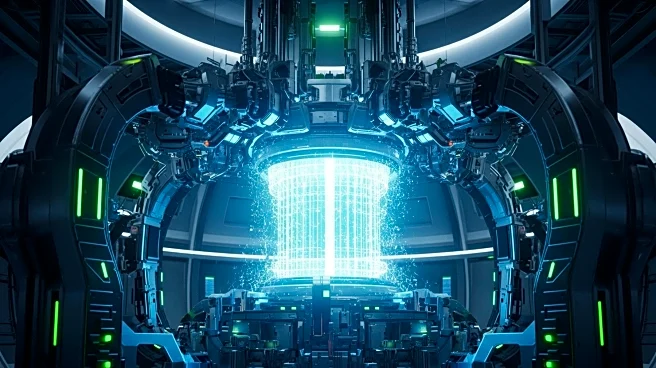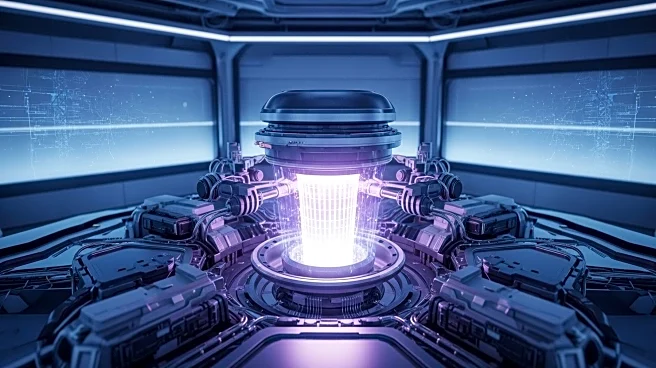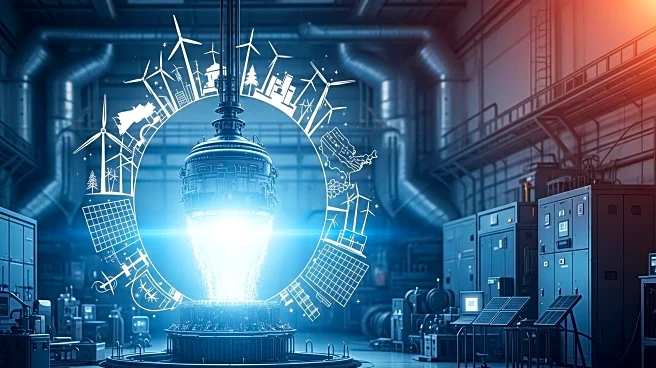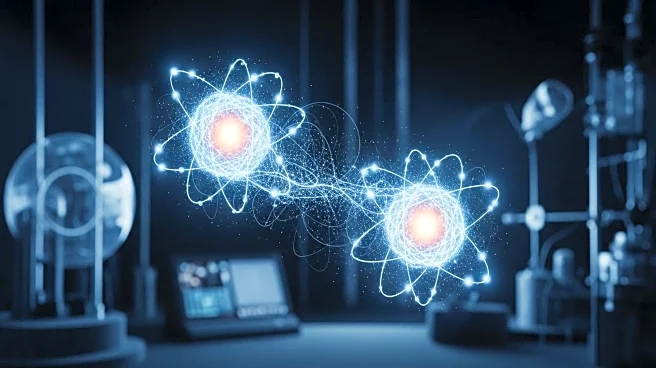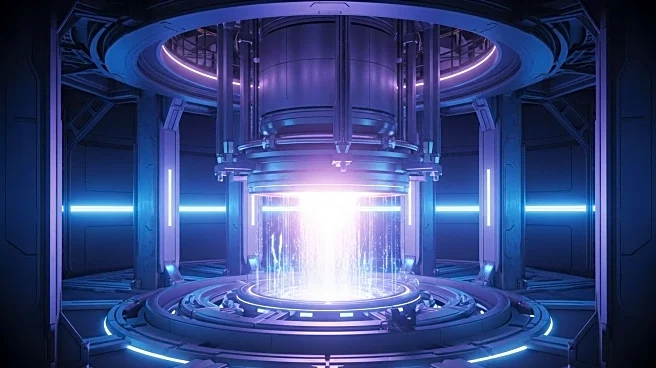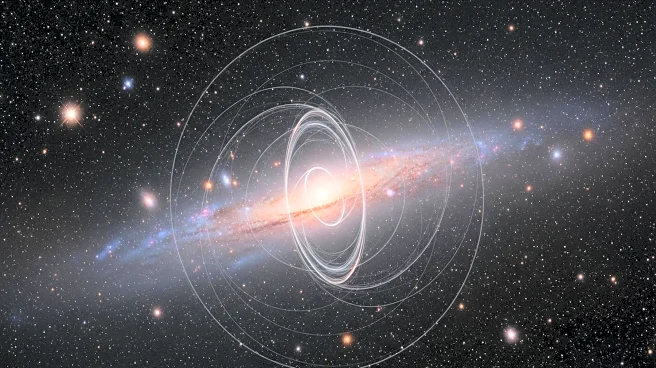What's Happening?
Researchers have successfully demonstrated that microscopic magnetic turbulence can initiate magnetic reconnection, leading to significant structural changes in plasma. This marks the first experimental confirmation of multiscale coupling, a critical concept in plasma physics. The study, conducted by Hwang and his team, integrated fusion experiments with cosmic plasma theory, revealing that small-scale events can trigger large-scale effects in plasma. This discovery is pivotal for advancing nuclear fusion technology and understanding the universe's origins, as plasma is a fundamental state of matter powering stars and central to fusion reactors.
Why It's Important?
The confirmation of multiscale coupling in plasma physics is a breakthrough that could significantly impact both fusion energy technology and astrophysics. For the energy sector, understanding these dynamics is crucial for developing efficient nuclear fusion reactors, which promise a clean and virtually limitless energy source. In astrophysics, these findings could provide insights into cosmic phenomena and the fundamental processes that govern the universe. The ability to manipulate plasma at different scales could lead to advancements in energy production and deepen our understanding of the universe's structure and behavior.
What's Next?
The implications of this discovery suggest further research into plasma dynamics and their applications in fusion energy and cosmic studies. Scientists may focus on refining fusion reactor designs to harness these multiscale interactions more effectively. Additionally, the study could inspire new theoretical models in astrophysics, exploring how plasma behavior influences cosmic events. Continued collaboration between experimental and theoretical physicists will be essential to translate these findings into practical applications and deepen our understanding of plasma's role in both energy production and the cosmos.

